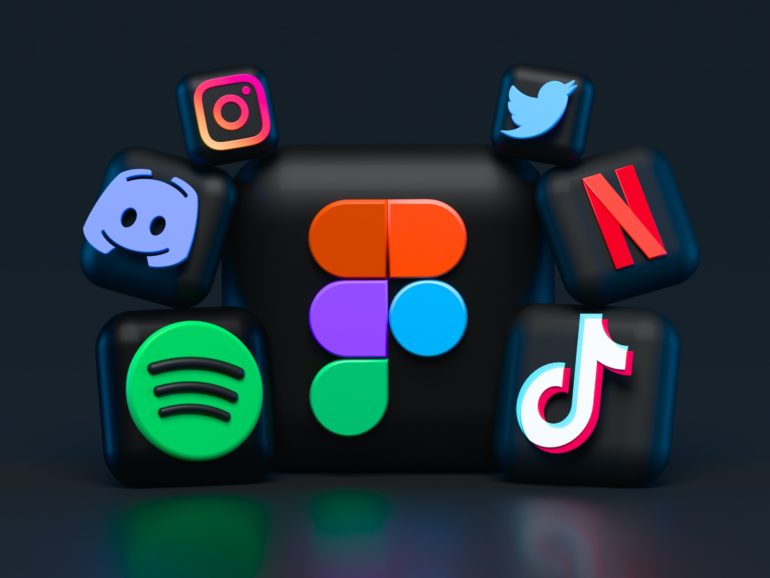A systematic review of research into the dark side of social media use has identified 46 harmful effects, ranging from physical and mental health problems to negative impacts on job and academic performance, as well as security and privacy issues.
Social media networks such as Facebook and Instagram are used by more than 3.6 billion people worldwide. Greater awareness of the potential dangers can encourage user moderation, and help software engineers, educators and policymakers develop ways to minimize negative effects.
“Social media harms have mostly been studied from a psychopathological perspective. They have received less attention from information systems researchers,” says Dr. Eila Erfani, Deputy Head of the UTS School of Information, Systems and Modelling.
“Information systems looks at the impact of technology on people and organizations in order to better meet their needs. Identifying and understanding how to reduce adverse outcomes from social media use is part of that challenge.
“The World Health Organization has recognized the need for further research on information technology addiction and the need to develop strategies for preventing and treating this problem,” she says.
Dr. Erfani and Ph.D. candidate Layla Boroon, from the University of Technology Sydney, and Associate Professor Babak Abedin from Macquarie University conducted the review, which captured and collated the range of negative effects of social media use.
Their study, The Dark Side of Using Online Social Networks: A Review of Individuals’ Negative Experiences, was recently published in the Journal of Global Information Management.
“Much of the research on social network use has focused on its benefits and potential, but we were interested in comprehensively identifying the negative impacts that have been associated with social media use,” says Ms Boroon.
“We reviewed more than 50 research articles published between 2003 and 2018. Some of the most common negative impacts included psychological harms such as jealousy, loneliness, anxiety and reduced self-esteem, as well as things like exposure to malicious software and phishing risks.”
The researchers grouped the negative effects into six themes:
Cost of social exchange: includes both psychological harms, such as depression, anxiety or jealousy, and other costs such as wasted time, energy and money Annoying content: includes a wide range of content that annoys, upsets or irritates, such as disturbing or violent content or sexual or obscene content Privacy concerns: includes any threats to personal privacy related to storing, repurposing or sharing personal information with third parties Security threats: refers to harms from fraud or deception such as phishing or social engineering Cyberbullying: includes any abuse or harassment by groups or individuals such as abusive messages, lying, stalking or spreading rumors Low performance: refers to negative impact on job or academic performance.
Ms Boroon is currently investigating factors that influence social media addiction and the strategies people use to regulate their behavior. The next step will be to develop and test applications, design features and other solutions that can reduce these negative effects.
Instagram seeks to curb mental harm to teenagers
More information:
Layla Boroon et al, The Dark Side of Using Online Social Networks, Journal of Global Information Management (2021). DOI: 10.4018/JGIM.20211101.oa34
Provided by
University of Technology, Sydney
Citation:
The dark side of social media networks (2021, October 12)
retrieved 12 October 2021
from https://techxplore.com/news/2021-10-dark-side-social-media-networks.html
This document is subject to copyright. Apart from any fair dealing for the purpose of private study or research, no
part may be reproduced without the written permission. The content is provided for information purposes only.



